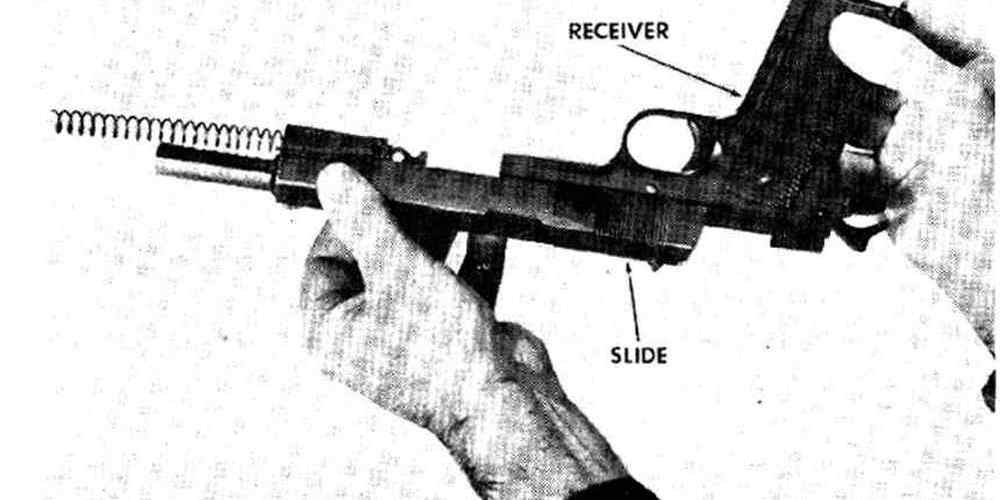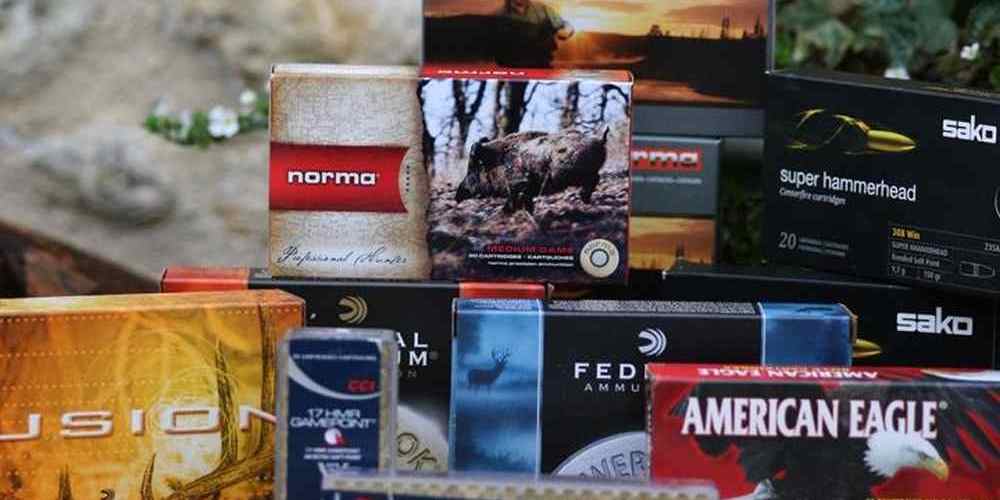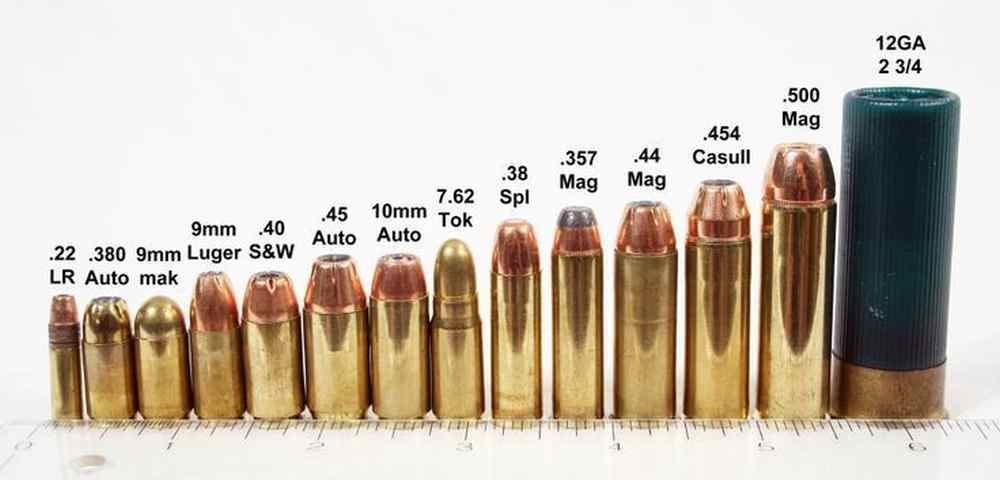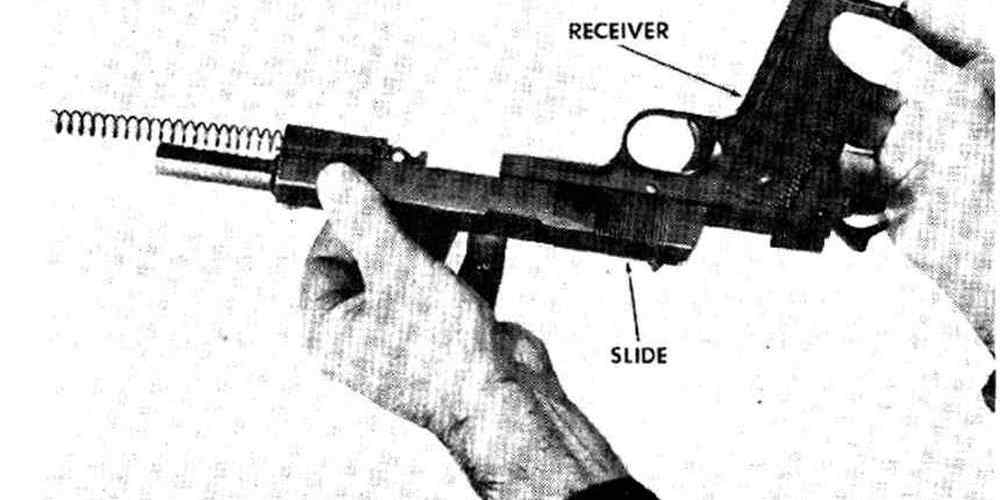“Choose wisely, prime effectively.”
Impact of Different Primer Types on Revolver Ammunition Performance
When it comes to revolver ammunition performance, one often overlooked factor is the choice of primer. Primers play a crucial role in igniting the gunpowder in a cartridge, which in turn propels the bullet out of the barrel. Different primer types can have a significant impact on the overall performance of a revolver, including factors such as accuracy, reliability, and consistency.
One of the most common primer types used in revolver ammunition is the Boxer primer. Boxer primers are known for their reliability and consistency, making them a popular choice among shooters. They are easy to seat in the cartridge case and provide a consistent ignition source for the gunpowder. This can lead to more consistent velocities and tighter shot groups, ultimately improving accuracy.
On the other hand, some shooters prefer the Berdan primer for revolver ammunition. Berdan primers are known for their robust design and resistance to moisture, making them a popular choice for military applications. While Berdan primers can be more difficult to work with and are not as common as Boxer primers, they can provide reliable ignition in adverse conditions.
In addition to Boxer and Berdan primers, there are also specialty primers available for revolver ammunition. Magnum primers, for example, are designed to provide a hotter spark for magnum cartridges, which typically contain more gunpowder than standard cartridges. This can help ensure complete combustion of the gunpowder, leading to higher velocities and increased energy transfer to the target.
When choosing a primer for revolver ammunition, it is important to consider the specific requirements of your firearm and the type of shooting you will be doing. For target shooting or competition, a reliable and consistent primer like the Boxer primer may be the best choice. For hunting or self-defense applications, a hotter primer like a Magnum primer may be more appropriate.
It is also worth noting that primer choice can have an impact on the overall reliability of your revolver. A poorly seated or defective primer can cause misfires or failures to ignite, which can be dangerous in a self-defense situation. By choosing a high-quality primer and ensuring proper seating during the reloading process, you can help minimize the risk of malfunctions and ensure consistent performance from your revolver.
In conclusion, the choice of primer can have a significant impact on the performance of revolver ammunition. Whether you prefer the reliability of a Boxer primer, the robustness of a Berdan primer, or the extra kick of a Magnum primer, selecting the right primer for your specific needs is crucial. By understanding the differences between primer types and their effects on performance, you can make informed decisions when reloading your revolver ammunition. Remember to always follow safe reloading practices and consult with experienced shooters or reloading experts if you have any questions or concerns.
Comparison of Performance Between Small Pistol and Magnum Primers in Revolver Ammunition
When it comes to reloading ammunition for revolvers, one of the key decisions that handloaders must make is the choice of primer. Primers play a crucial role in the ignition process, and the type of primer used can have a significant impact on the performance of the ammunition. In this article, we will explore the differences between small pistol and magnum primers and how they affect the performance of revolver ammunition.

Small pistol primers are the standard choice for most handgun cartridges, including those used in revolvers. They are designed to provide reliable ignition in a wide range of loads and are suitable for most handgun applications. Magnum primers, on the other hand, are specifically designed for use in high-pressure loads, such as those found in magnum revolver cartridges. They are hotter and produce a more intense flame, which can help ensure reliable ignition in these high-pressure loads.
One of the key differences between small pistol and magnum primers is their cup thickness. Magnum primers have a thicker cup than small pistol primers, which helps them withstand the higher pressures generated by magnum loads. This can be important for preventing primer blowouts and ensuring consistent ignition in high-pressure loads. However, the thicker cup of magnum primers can also make them harder to seat in some cases, especially in cartridges with tight primer pockets.
Another difference between small pistol and magnum primers is their brisance, or the speed at which they ignite the powder charge. Magnum primers have a higher brisance than small pistol primers, which means they ignite the powder charge more quickly and produce a more intense flame. This can be beneficial for ensuring reliable ignition in magnum loads, which often contain slower-burning powders that require a more powerful primer to ignite them fully.
In terms of performance, the choice between small pistol and magnum primers can have a significant impact on the velocity and pressure of revolver ammunition. Magnum primers are generally recommended for use in magnum revolver cartridges, as they are better able to handle the higher pressures generated by these loads. Using small pistol primers in magnum loads can result in inconsistent ignition and potentially dangerous pressure spikes.
However, there are some cases where small pistol primers may be preferred over magnum primers. For example, in light target loads or reduced-recoil loads, small pistol primers may provide more consistent ignition and better accuracy than magnum primers. Additionally, some handloaders prefer the milder recoil produced by small pistol primers in certain applications.
Ultimately, the choice between small pistol and magnum primers will depend on the specific requirements of the load being developed. Handloaders should carefully consider the pressure and velocity requirements of their ammunition and choose the primer that best suits their needs. Experimenting with different primers and loads can help handloaders find the optimal combination for their revolver ammunition.
In conclusion, the choice of primer can have a significant impact on the performance of revolver ammunition. Small pistol primers are suitable for most handgun applications, while magnum primers are specifically designed for high-pressure loads. Handloaders should carefully consider the pressure and velocity requirements of their ammunition when choosing between small pistol and magnum primers. Experimenting with different primers and loads can help handloaders find the optimal combination for their revolver ammunition.
The Role of Primer Sensitivity in Revolver Ammunition Performance
When it comes to revolver ammunition performance, one often overlooked factor is the choice of primer. The primer is a small but crucial component of a cartridge that initiates the firing sequence. Primer sensitivity, or how easily a primer ignites, can have a significant impact on the overall performance of revolver ammunition.
Primer sensitivity is typically categorized as either “hot” or “cold.” Hot primers are more sensitive and ignite more easily, while cold primers require more force to ignite. The choice between hot and cold primers can affect the reliability, consistency, and accuracy of revolver ammunition.
Hot primers are often preferred for revolver ammunition because they provide more consistent ignition, especially in adverse conditions such as cold weather or when the firearm is dirty. Hot primers are also less likely to misfire, which is crucial in self-defense or competitive shooting situations where reliability is paramount.
On the other hand, cold primers are less sensitive and require more force to ignite. While this can make them less prone to accidental ignition, they may not provide as consistent ignition as hot primers. Cold primers are generally used in ammunition intended for hunting or target shooting where reliability is less of a concern.
The choice of primer sensitivity can also affect the velocity and pressure of the ammunition. Hot primers tend to produce higher velocities and pressures, which can result in increased recoil and muzzle flip. This can be advantageous for competition shooters looking for maximum performance, but may not be ideal for casual shooters or those with recoil sensitivity.
Cold primers, on the other hand, produce lower velocities and pressures, resulting in reduced recoil and muzzle flip. This can be beneficial for shooters looking for a more comfortable shooting experience or for those using lighter loads for training or practice.
In addition to primer sensitivity, the type of primer used can also impact revolver ammunition performance. There are two main types of primers: Boxer and Berdan. Boxer primers are more common in the United States and are easier to reload due to their single flash hole design. Berdan primers, on the other hand, are more common in Europe and have multiple flash holes, making them more difficult to reload.
The choice between Boxer and Berdan primers can affect the availability and cost of ammunition, as well as the ease of reloading. Boxer primers are generally preferred for revolver ammunition due to their ease of reloading and wider availability. However, some shooters may prefer Berdan primers for their increased reliability and resistance to moisture.
Ultimately, the choice of primer sensitivity and type should be based on the specific needs and preferences of the shooter. Whether you prioritize reliability, consistency, velocity, or ease of reloading, understanding the role of primer choice in revolver ammunition performance is essential for achieving optimal results. By experimenting with different primer types and sensitivities, shooters can fine-tune their ammunition to meet their individual needs and preferences.
Testing the Effect of Primer Brand on Revolver Ammunition Performance
When it comes to revolver ammunition performance, many factors come into play. One often-overlooked aspect is the choice of primer brand. Primers play a crucial role in igniting the gunpowder in a cartridge, which in turn propels the bullet out of the barrel. Different primer brands can have varying levels of sensitivity, which can affect the consistency and reliability of ammunition performance.
To test the effect of primer brand on revolver ammunition performance, we conducted a series of experiments using a variety of popular primer brands. Our goal was to determine whether certain primer brands produced more consistent ignition and, ultimately, better overall performance in terms of accuracy and velocity.
In our testing, we used a standard revolver chambered in .38 Special and fired a series of rounds using different primer brands. We measured the velocity of each round using a chronograph and recorded the results for analysis. We also evaluated the accuracy of each round by firing groups of shots at a target and measuring the group size.
Our results showed that primer choice did indeed have an impact on revolver ammunition performance. Some primer brands consistently produced higher velocities and tighter group sizes, indicating more consistent ignition and better overall performance. Other primer brands showed more variation in velocity and group size, suggesting less consistent ignition and potentially lower performance.
One interesting finding was that some primer brands seemed to be more sensitive to variations in powder charge weight. When we tested different powder charges with the same primer brand, we found that the velocity and accuracy of the rounds varied significantly. This suggests that certain primer brands may be more finicky and require more precise powder charges to achieve optimal performance.
Overall, our testing confirmed that primer choice can have a significant impact on revolver ammunition performance. Shooters looking to maximize the accuracy and consistency of their ammunition should consider experimenting with different primer brands to find the best match for their specific revolver and shooting style.
In conclusion, primer choice is an important factor to consider when seeking to optimize revolver ammunition performance. By testing different primer brands and evaluating their impact on velocity and accuracy, shooters can fine-tune their ammunition to achieve the best possible results. Whether you are a competitive shooter looking for an edge or a recreational shooter seeking more consistent performance, primer choice is a key consideration in maximizing the potential of your revolver ammunition.
Exploring the Relationship Between Primer Choice and Accuracy in Revolver Ammunition
When it comes to revolver ammunition performance, one often overlooked factor is the choice of primer. Primers play a crucial role in the ignition process of the powder charge, which ultimately determines the accuracy and consistency of the shot. In this article, we will explore the relationship between primer choice and accuracy in revolver ammunition.
The primer is the small, metal cup located at the base of the cartridge case. When the firing pin strikes the primer, it ignites a small amount of explosive compound, which in turn ignites the main powder charge. The efficiency of this ignition process can have a significant impact on the velocity and pressure of the bullet as it leaves the barrel.
One of the key factors to consider when choosing a primer is its sensitivity. A primer that is too sensitive may ignite prematurely, causing erratic pressure spikes and potentially dangerous situations. On the other hand, a primer that is not sensitive enough may fail to ignite the powder charge consistently, leading to misfires or squib loads.
Another important consideration is the power of the primer. A more powerful primer will produce a hotter and more consistent ignition, which can lead to improved accuracy and velocity. However, using a primer that is too powerful for the load can result in excessive pressure and potentially damage the firearm.
In addition to sensitivity and power, the composition of the primer can also affect performance. Some primers contain lead styphnate, which is known for its high sensitivity and consistent ignition properties. Other primers may use different compounds, such as lead azide or tetrazene, which can offer different performance characteristics.
When testing different primers for revolver ammunition, it is important to consider the specific requirements of the load and firearm. Factors such as bullet weight, powder charge, and barrel length can all influence the optimal primer choice. It is recommended to conduct thorough testing with a chronograph to measure velocity and consistency, as well as accuracy testing at various distances.
In general, match-grade primers are often preferred for precision shooting, as they are designed to provide the most consistent ignition possible. These primers are typically more expensive than standard primers, but the improved performance may be worth the investment for competitive shooters or those seeking maximum accuracy.
Ultimately, the choice of primer for revolver ammunition can have a significant impact on performance. By carefully considering factors such as sensitivity, power, and composition, shooters can optimize their loads for accuracy and consistency. Conducting thorough testing and experimentation with different primers is key to finding the best combination for each specific application.
In conclusion, primer choice plays a critical role in revolver ammunition performance. By understanding the factors that influence primer performance and conducting thorough testing, shooters can optimize their loads for accuracy and consistency. Whether for competitive shooting or recreational plinking, choosing the right primer can make a significant difference in overall performance.






